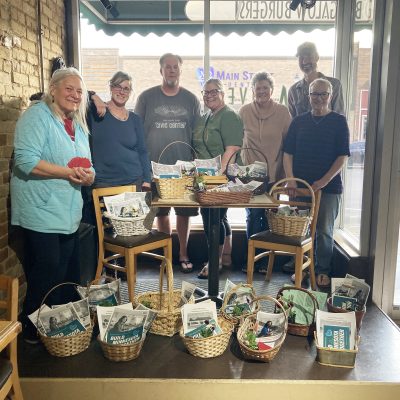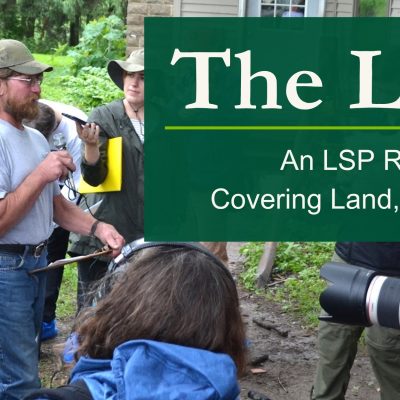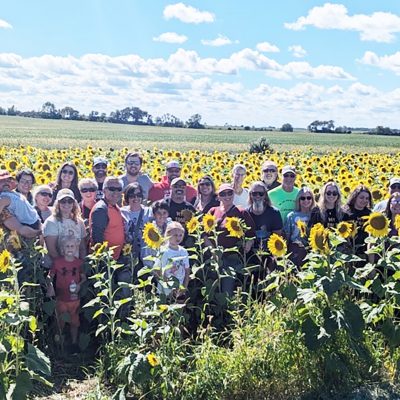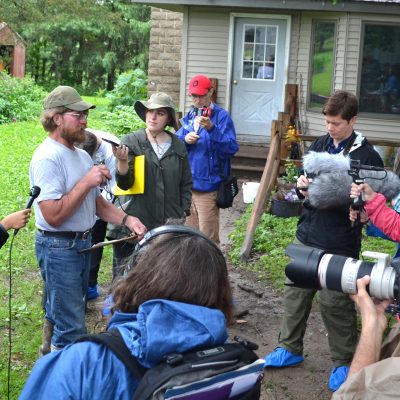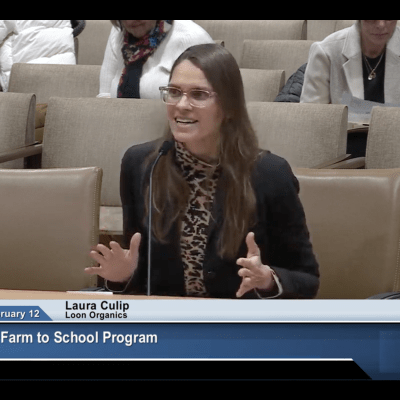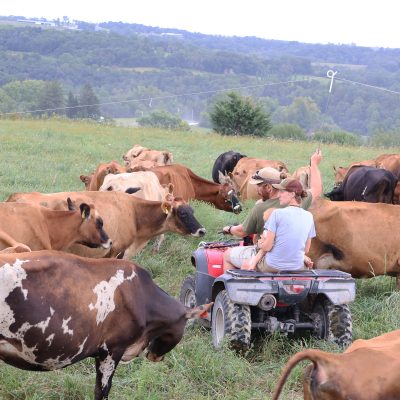Loving the Land Enough to Let it Go
While recording a recent LSP podcast interview with southwest Minnesota farmer Carmen Fernholz, I was reminded of how important it is that farmers identify closely with the land they’re producing a livelihood from. As Fernholz put it: “If you’re a good farmer you can’t help but become attached to the land. And when you become… Read More →
